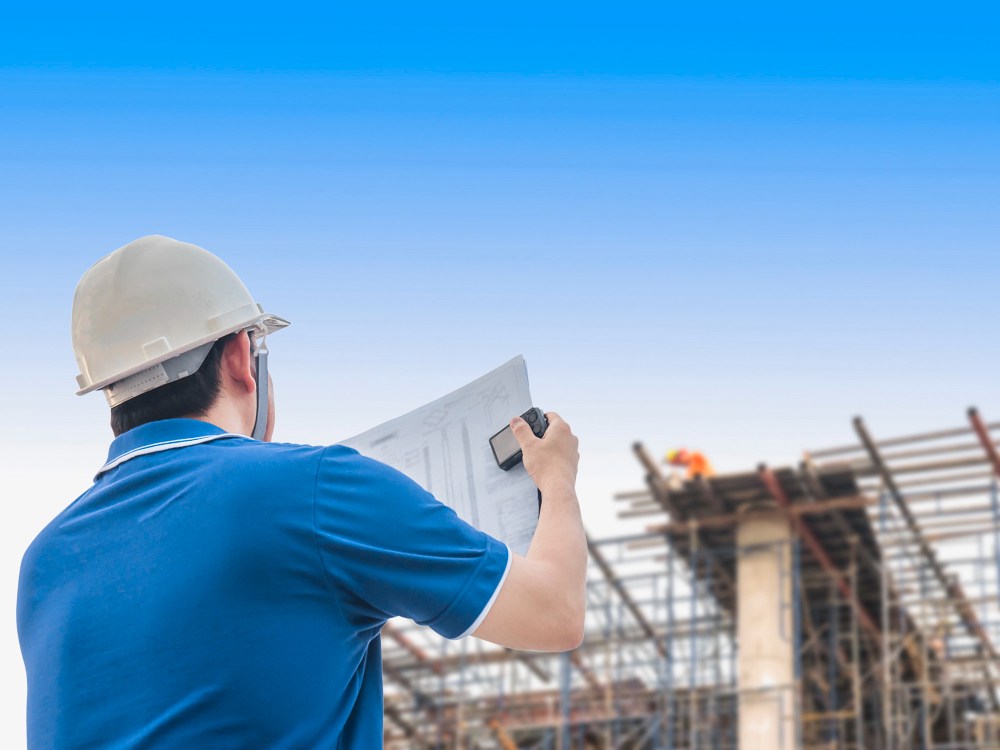Sydney is a city in Australia that is famous for its lively atmosphere and busy urban environment. It is renowned for its distinctive skyline and modern architectural creations. Structural engineering is a crucial profession that is responsible for ensuring sustainable building practices behind impressive structures. The role of structural engineers is crucial in the creation of sustainable and durable buildings that can withstand future challenges. Despite their significant contributions, they often go unnoticed and unappreciated.
One of a structural engineer’s main jobs is to create buildings that have as little effect on the environment as possible. They do this by making their designs with eco-friendly materials, efficient building methods, and green energy systems. By using sophisticated models and analysis tools, these engineers can improve a building’s structural strength while lowering its carbon footprint.

One area where structural engineers make a significant impact is in the selection and implementation of sustainable materials. They have a deep understanding of the properties and life cycle of various construction materials, enabling them to choose materials that are durable, energy-efficient and environmentally friendly. For example, they may recommend using recycled steel or timber from sustainably managed forests instead of traditional concrete, which has a high carbon footprint. By making informed material choices, structural engineers contribute to reducing greenhouse gas emissions and conserving natural resources.
Structural engineers are also very important when it comes to making houses as energy-efficient as possible. They use new design techniques like passive solar heating, natural ventilation, and energy-efficient insulation to reduce the amount of energy a building needs. Through careful analysis and math, they figure out the best size and placement of windows, the right thickness of insulation, and the best way to face the building so that it gets the most natural light and needs less artificial lighting and warmth. By using less energy, these experts help building owners save money on operating costs and put less stress on the power grid.
In addition to designing sustainable buildings, structural engineers are also involved in ensuring their resilience to natural disasters and climate change. Sydney, like many coastal cities, faces the risk of rising sea levels, storms and earthquakes. Structural engineers use their expertise to design buildings that can withstand these hazards, ensuring the safety of occupants and minimising damage to the environment. They analyse the structural loads and forces that buildings will experience and design robust foundations, reinforced structures and appropriate drainage systems to mitigate risks.
Furthermore, structural engineers actively engage in collaboration with other professionals in the construction industry to promote sustainable practices. They work closely with architects, contractors, and developers to find innovative solutions that meet both aesthetic and environmental objectives. By fostering a multidisciplinary approach, they contribute to the creation of sustainable buildings that are not only visually appealing but also energy-efficient and resilient.
In conclusion, structural engineers play a vital role in ensuring sustainable building practices in Sydney. Their expertise in materials, energy efficiency and structural resilience allows them to design buildings that are environmentally friendly, resilient to natural hazards and energy-efficient. Through their careful calculations, innovative designs, and collaboration with other professionals, structural engineers contribute to the development of a sustainable and resilient built environment in Sydney. Their work paves the way for a greener future, where buildings are not only aesthetically pleasing but also environmentally responsible.
